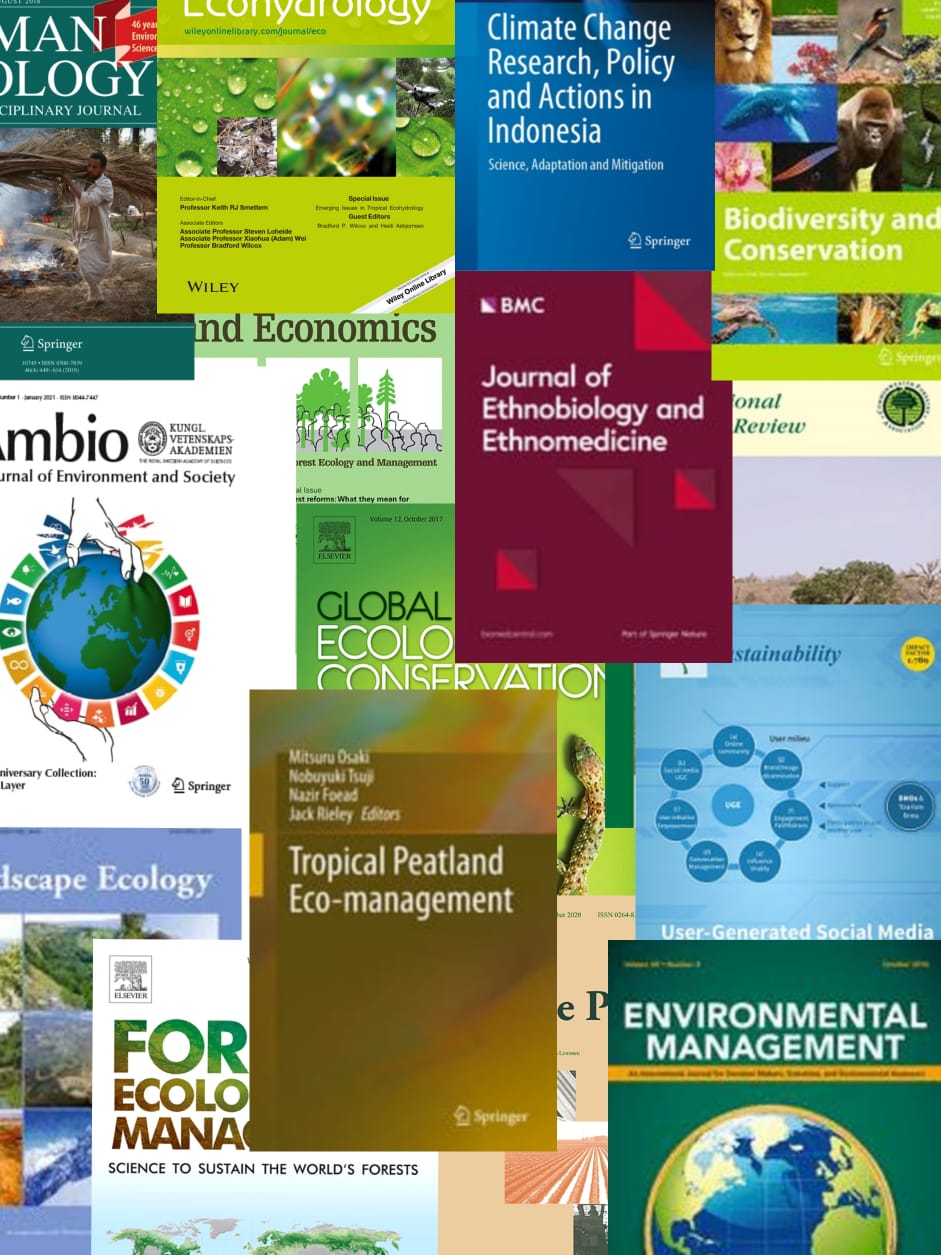Gelam (Melaleuca cajuputi subsp. cumingiana) is an important pioneer species of tropical peat swamp forests in Indonesia. We collected 95 DNA of dry leaf samples in four provenances in Indonesia (South Sumatera, Bangka, South Kalimantan, Papua) and 8 SSR markers were used to analyze the genetic correlation and genetic diversity which plays an important role in providing survival, reducing inbreeding, and preventing inferior offspring to meet forest rehabilitation needs. Our study revealed that the genetic diversity of gelam was comparably high due to geographical isolation and divided into five clusters. The genetic diversity among provenances and individuals within provenances was 7.11% and 14.85%, respectively. Papua showed the highest genetic diversity, based on the effective number of alleles, Shannon index, expected heterozygosity, allelic richness, and number of private alleles. The highest heterozygosity and rare alleles were found in South Kalimantan and Bangka. However, the coefficient of inbreeding was significant within provenances (p < 0.05) for all provenances, indicating inbreeding. We detected significant differences in heterozygosity using a two-phase model and a stepwise mutation model in a bottleneck test, although there was no significant difference when using an infinite allele model. These results suggest that the high genetic diversity among provenances could promote the future breeding programs and develop conservation strategies for gelam.
View source

